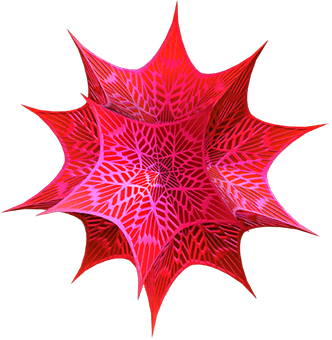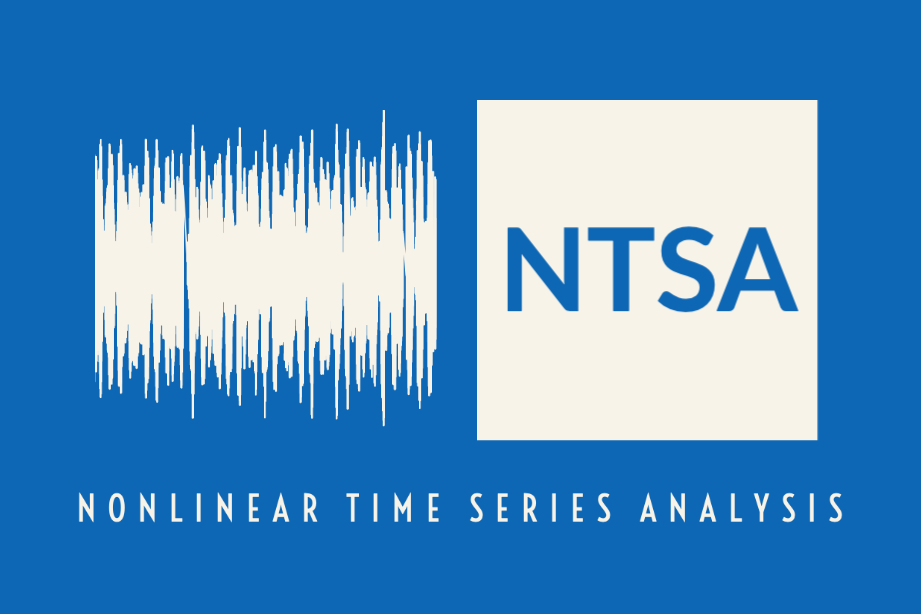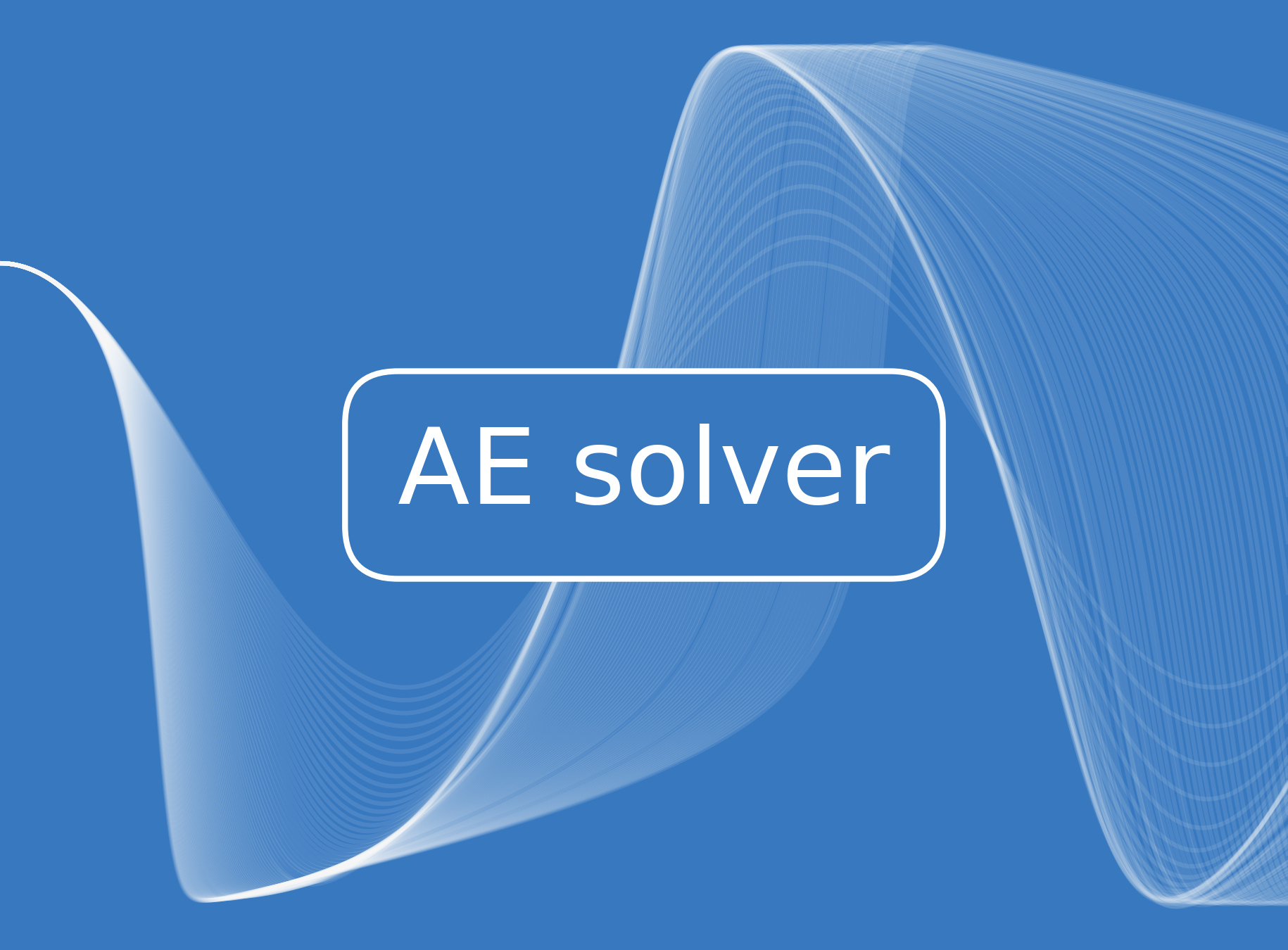Software
I have worked with different scientific software suites to interpret observed astronomical data and generate theoretical models that describe the life of a (variable) star that vibrates in its natural frequencies. Such vibrations/oscillations cause the star to periodically dim and brighten, which can be observed in astronomical data products, such as the photometric light curves (of specific variable stars) that I have studied in my doctoral dissertation - these were observed by the NASA Kepler space telescope.
I use several scientific software suites for my scientific endeavors - these software suites are typically FOSS (with the exception of Wolfram Mathematica). An overview of the suites I regularly use can be found below in the scientific software suites I like to use section.
I also develop computational frameworks for research purposes - check them out in the computational frameworks I developed section below. Most of my own code has been written in the Python language, although parts of my frameworks make use of modules written in C++, Fortran and Cython. More recently, I started exploring the capabilities of the Rust language and the Julia language for future scientific projects.
Writing (research) software is one of my passions, and I regularly like to challenge myself to learn more about different (typically astrophysical) software suites/different programming languages.
If you share this passion and want to develop your own (research) software, I highly recommend reading and applying the FAIR (Findable, Accessible, Interoperable and Reusable) principles for Research Software (FAIR4RS principles, which are described in this Nature publication).
Scientific Software Suites I Like to Use
Additional information about these scientific software suites can be found on their websites, which can be accessed by clicking on the logos or hyperlinks.
Modules for Experiments in Stellar Astrophysics (MESA) + GYRE stellar oscillation code
 The publicly availabe large scientific software suite MESA is widely used by astrophysicists to simulate the evolution (life) of a star, and enables the user to specify a large variety of different hooks (that make a MESA run very customizable). It assumes certain widely used simplifications (for example, spherical symmetry) to be able to simulate how a star evolves from its birth to its death. I have used MESA to generate baseline models of the stellar structure at various moments throughout the evolution of star models of specific mass at starbirth.
The publicly availabe large scientific software suite MESA is widely used by astrophysicists to simulate the evolution (life) of a star, and enables the user to specify a large variety of different hooks (that make a MESA run very customizable). It assumes certain widely used simplifications (for example, spherical symmetry) to be able to simulate how a star evolves from its birth to its death. I have used MESA to generate baseline models of the stellar structure at various moments throughout the evolution of star models of specific mass at starbirth.
 Such baseline models were then employed as input for the publicly available GYRE stellar oscillation code to simulate waves propagating throughout the stellar interior. GYRE can simulate non-interacting (linear) waves. The models of these waves formed the input for the code suite that I developed, AESolver, which simulates non-linear interactions between oscillations.
Such baseline models were then employed as input for the publicly available GYRE stellar oscillation code to simulate waves propagating throughout the stellar interior. GYRE can simulate non-interacting (linear) waves. The models of these waves formed the input for the code suite that I developed, AESolver, which simulates non-linear interactions between oscillations.
Wolfram Mathematica
 Described on their website as the world’s definitive system for modern technical computing, Mathematica aids (typically theoretically-inclined) astrophysicists and scientists from other disciplines in the development of mathematical/theoretical frameworks. I have used it to check my own work (written on paper) while developing the theoretical framework that forms the basis for my computational framework AESolver.
Described on their website as the world’s definitive system for modern technical computing, Mathematica aids (typically theoretically-inclined) astrophysicists and scientists from other disciplines in the development of mathematical/theoretical frameworks. I have used it to check my own work (written on paper) while developing the theoretical framework that forms the basis for my computational framework AESolver.
Computational Frameworks I developed
Click on the hyperlinks or logos below to find out more about my computational frameworks!
If you think my software is interesting and could be beneficial to you, or if you have ideas on how to improve my software suites and their documentation, I encourage you to reach out/contact me.


